
Tag Archives Red River Valley
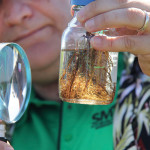
Soybean cyst nematode co-evolved with crop
They are tiny world travellers and Manitoba’s Red River Valley could be the next stop on the soybean cyst nematode’s global tour
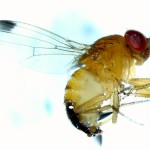
Spotted Wing Drosophila an unwelcome visitor to fruit farms this summer
MAFRD began monitoring for SWD in 2013 and this is the worst year yet, say provincial fruit crops specialist

Manitoba Crop Report and Crop Weather report: Issue 7
Conditions as of June 15
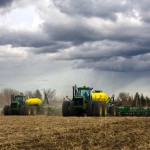
Seeding 2015: The never-ending story
Close to a million Manitoba acres could get reseeded and 90 per cent of them were canola

Scout for silent soybean killer
The soybean cyst nematode is all over the map in North Dakota, so it’s only a matter of time before it arrives in Manitoba

Assiniboine River Basin Initiative a good first step
But 'there be dragons' to tame for it to be a success
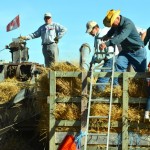
Editorial: Hay there!
Telling your stories in the big, broad world of agriculture
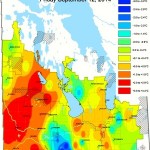
Frost damage reported in a few areas
An area around Somerset saw below-freezing temperatures for four to seven hours last Friday
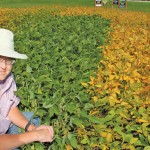
Manitoba soybean growers hoping for more frost-free days

No need to run for cover
Have we reached a "tipping point" on the issue of land drainage?


